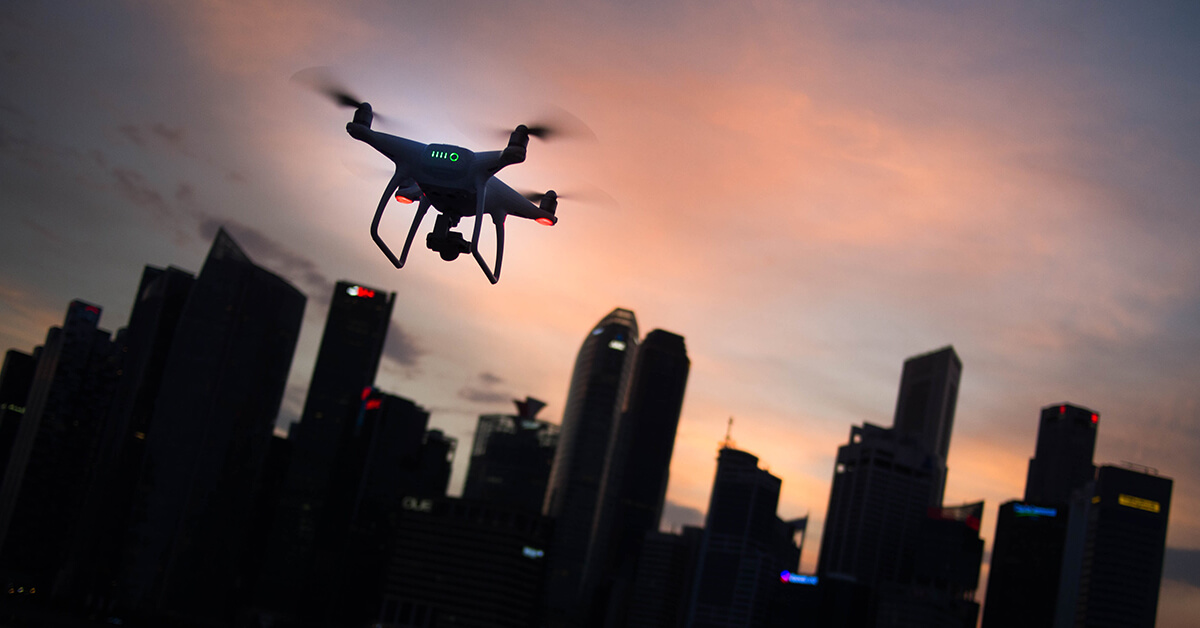
July 27, 2020
Recent comments from an FAA official indicate the agency is considering potential countermeasures to thwart unauthorized operations of unmanned aircraft systems (UAS) in close vicinity to the nation’s airports.
Speaking at the recent FAA UAS Symposium hosted by the Association for Unmanned Vehicle Systems International, Associate Administrator for Airports Kirk Shaffer said the agency would soon post a request for information from manufacturers of UAS detection and mitigation systems, and a request for proposals from airport operators seeking to evaluate and use that equipment.
The agency further plans to establish testing centers at five U.S. airports, with the first being New Jersey’s Atlantic City International Airport (ACY). Selected airports will host UAS operators, detection system vendors and researchers for two years to evaluate “a variety of different technologies” to identify and mitigate unauthorized drone operations.
Shaffer pointed to reported sightings of unauthorized drones at London’s Gatwick Airport that forced the facility to close twice over a three-day period in December 2018, leading to 1,000 flight cancellations and affecting 150,000 passengers during the holiday travel season. “Airports are hungry for this technology, since they are fearful that their airport could experience the next Gatwick-like disruption,” he said.
While no policy has been issued, Shaffer’s comments appear to indicate the FAA will follow a similar approach as with its UAS Integration Pilot Program, which involves private stakeholders partnering with local, state and national officials to develop solutions to integrate UAS into the larger national airspace system.
“This approach would be in line with other aspects we’ve seen toward the safe integration of UAS, in which the FAA reaches out to collaborate with industry to explore effective risk-based policies and procedures,” said Heidi Williams, NBAA’s director for air traffic services and infrastructure. “This approach offers business aviation stakeholders the opportunity to assist the agency in gathering the data needed to enable counter-UAS technology.”
Congress tasked the agency with developing a counter-UAS program as part of the FAA Reauthorization Act of 2018. In the absence of formal regulations governing use of such systems at civilian airports, Shaffer noted many facilities are nevertheless “actively deploying UAS detection systems and incident response plans on their properties,” with the FAA managing those programs under existing airspace analysis and field obstruction evaluation processes.


 International Business Aviation Council Ltd.
International Business Aviation Council Ltd.